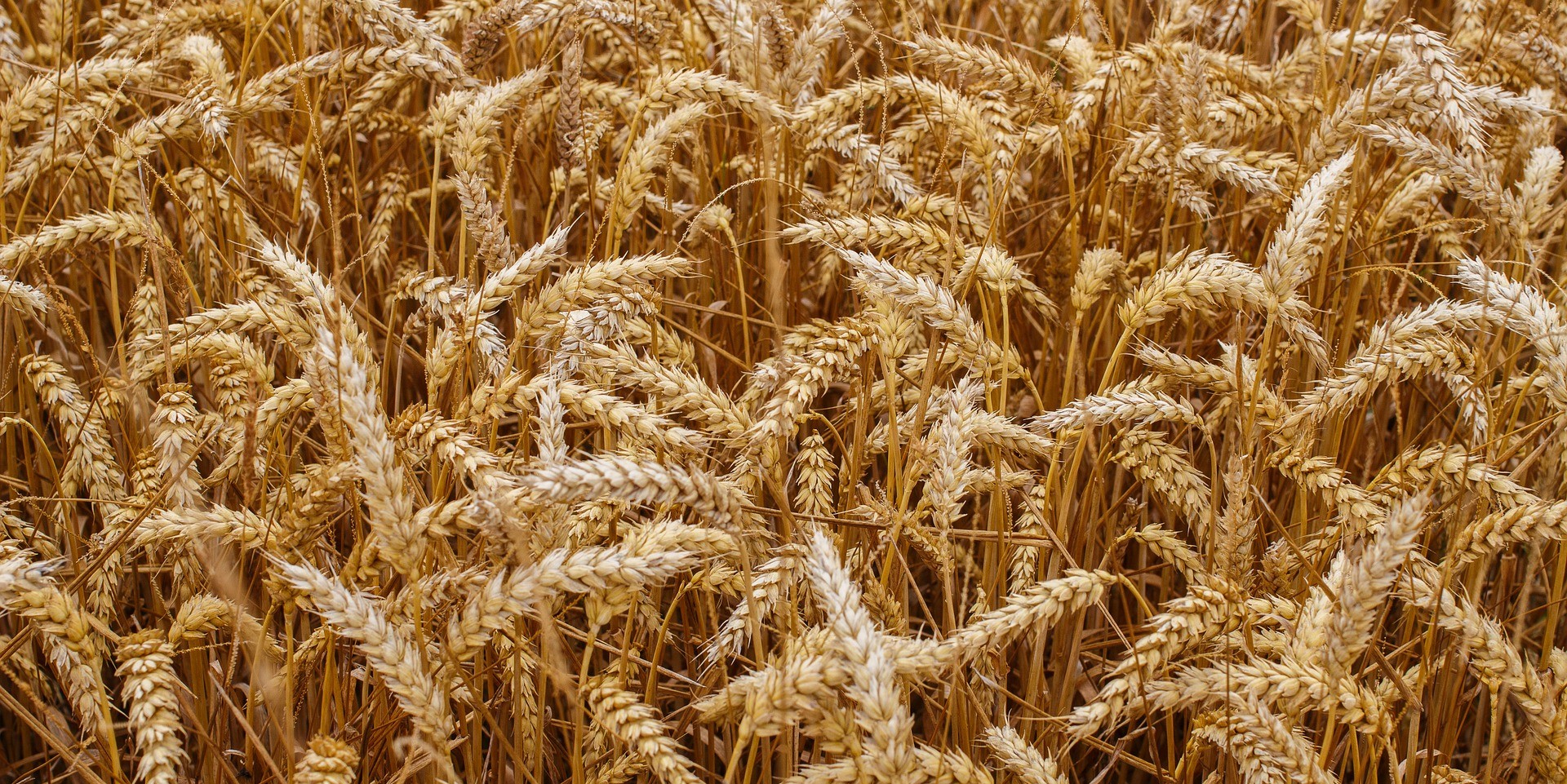
Any industry that involves moving and storing grains is at risk for experiencing explosions, fires, entrapment, flammable liquid/gas leaks or chemical spills. As an employer, you probably know that these hazards exist and that they happen every day across the country, destroying facilities and harming workers.
However, to truly be proactive in preventing disasters, you must understand the nature of your exposures and exactly how they happen in order to prevent them from occurring.
Explosions and Fires
Grain dust explosions are the number one cause of injury, death and property damage in the grain handling industry, which includes all grain producers, rice and feed mills and farm production warehousing/storage. For a dust explosion to occur in a grain elevator or any type of mill, the following elements must exist simultaneously:
- Grain dusts (the primary fuel)
- Oxygen
- An ignition source
- A confined space
A grain explosion does not only occur because of the energy of the ignition source, though that is certainly one important factor. Even if the energy from the ignition source is not strong enough to ignite a fire itself, an explosion could result from several conditions: a complex combination of dust particle sizes, a heavy concentration of dust particles in the air or a high moisture content of the dust. Ultimately, when all these conditions are present and the concentration of the suspended dust exceeds its explosive limits, there will be an explosion.
It is important to note that all grains have different explosive properties. Rice and wheat flour are the most explosive, followed by wheat straw, corn and grain dust from winter wheat and oats. Alfalfa, cereal grass and flax shive all have a much higher explosive limit, though with the right conditions, they could still ignite.
The more grain that is moved, the more dust there is in the air, meaning a higher risk for fire and explosions. Anywhere that the grain is subject to mechanical stress within a typical elevator is a spot that is vulnerable to explosions. These stressful areas include elevator legs, boots and head. Hot bearings, welding and cutting, belt slippage or misalignment, and foreign objects caught in machinery have the highest probability of being an ignition source.
To prevent disaster, explosion suppression systems, portable fire extinguishers, sand pipes, hoses, automatic sprinkler systems and fire hydrants are all good firefighting methods. However, always keep in mind that explosions are caused by dust clouds, so avoid high-pressure fire-extinguishing methods that will spread the dust into suspension.
Electrical Hazards
There are two possible hazards when working with electricity in feed or grain mills: the potential for ignition of suspended grain and employee contact with electrical energy that could result in injury or death. As discussed in the previous section, any electrical equipment could serve as the spark for an explosion if it is improperly selected, installed, maintained or used.
When it comes to employees operating electrical equipment, this should only be allowed if the employee is a qualified, certified electrician. Electrical equipment not only includes tools but also motors, controls and lighting.
Confined Space Entrapment
Being trapped in a confined space can result in anything from serious respiratory problems to engulfment in shifting grain. Most fatalities suffered by employees who entered bins, silos or tanks happened when:
- Employees entered without proper personal protective equipment (PPE)
- Employees entered without following proper safety procedures
- Employees entered while grain was flowing and equipment was running
- Employees entered onto unstable ground and fell through bridged grain
Whenever an employee enters a confined space, ensure that there is someone outside the space who keeps in contact with that employee and is prepared with emergency equipment should something go wrong. Also, educate your employees about the dangers of entering a bin, silo or tank haphazardly and stress that it should only be done when absolutely necessary.
Health Hazards
Grain producing facilities also present several personal health hazards that you should be aware of as an employer. Excessive noise is one of the most overlooked hazards in the grain handling industry. Your employees may be exposed to things like conveyors, grain dryers, tractors, motors and augers that could result in hearing loss. Be sure to provide proper PPE to your employees to prevent escalated costs later.
There are also health disorders associated with items grain handling employees come in contact with on a daily basis − including grain dust, pesticides, fungicides and herbicides. A recommended grain dust exposure limit for employees is 10 milligrams per cubic metre of air. This means that in any eight-hour work shift in a 40-hour week, the employee’s average exposure to airborne grain dust must not exceed this threshold. Diseases caused by exposure to these hazards can range from asthma to chronic bronchitis to grain fever.
For all health hazards, the best protection is offering the proper PPE. Exposure to some dangers is unavoidable in the grain handling industry, but it is your job to control the amount of exposure and eliminate any hazardous situation you can.
To further discuss the steps you can take to reduce the risk of injury or illness for your employees, contact the Axis Insurance Group.
Take your employee safety efforts to the next level. Download a free copy of our Agriculture Employee Safety Manual for policies and procedures that support a safety-conscious work environment.


